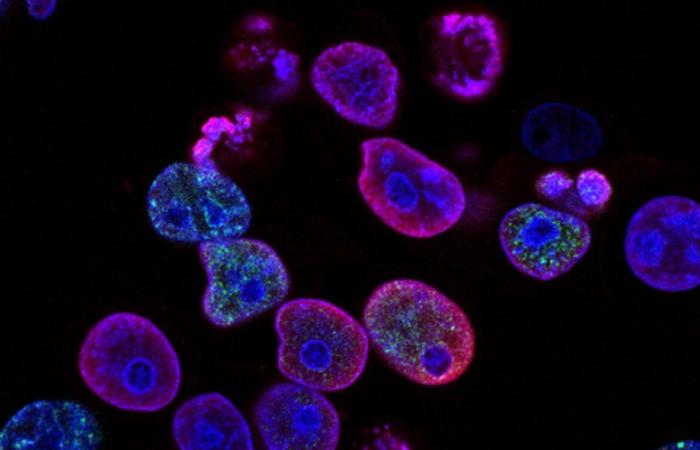“I can eat sugar now,” says a 25-year-old woman, described by Chinese researchers as the first person in whom a stem cell transplant could “reverse” her type 1 diabetes.
Stem cells are cells that, in theory, can be “reprogrammed” to become any type of specialized cell in our body. In the experiment discussed here, stem cells taken from this woman’s fatty tissue were reprogrammed to become cells capable of producing insulin. Insulin is essential for controlling sugar levels in our blood, but in people with diabetes, their bodies are unable to produce it naturally.
Two and a half months after the transplant, his body began to produce insulin again – which, if the experience is confirmed in the long term (we are aiming for five years), could allow him to do without his regular insulin injections. insulin. The results of the experiment appeared in the journal Cell.
Type 1 diabetes occurs when the immune system attacks the cells in the pancreas responsible for producing insulin, called beta cells. It affects less than 10% of diabetics, compared to 90% for type 2 diabetes.
Beta cell transplants from the livers of deceased donors have been carried out for several years. The possibility of using stem cells from the patient himself would therefore increase the chances of being able to carry out such transplants. But that would not limit the risks of rejection, the researchers point out: the patient will probably still need to take immunosuppressive drugs, because their immune system will continue to attack insulin-producing cells.
Subscribe to our sprawling newsletter
Encourage us for the price of a coffee
Canada






